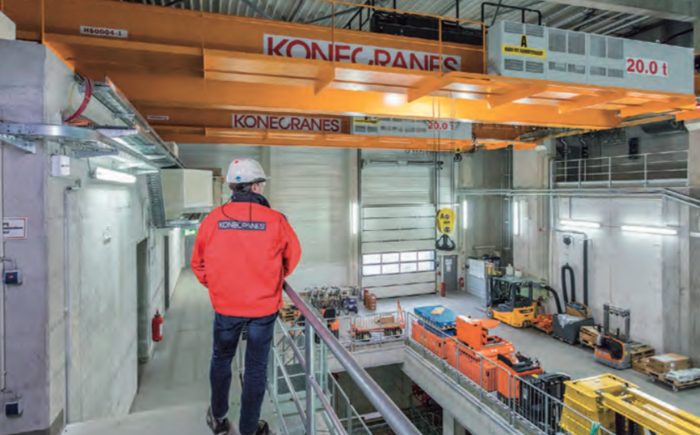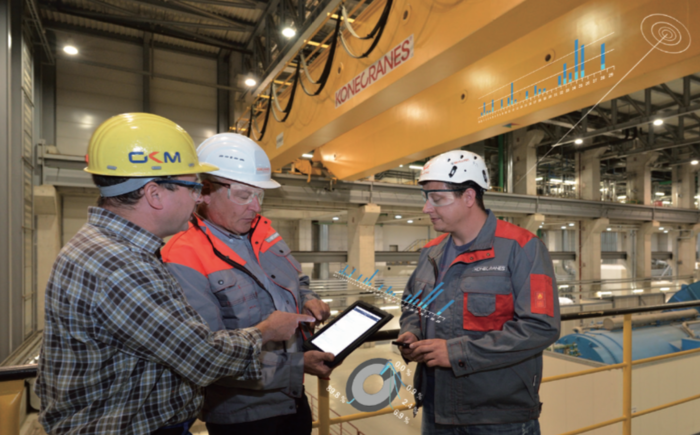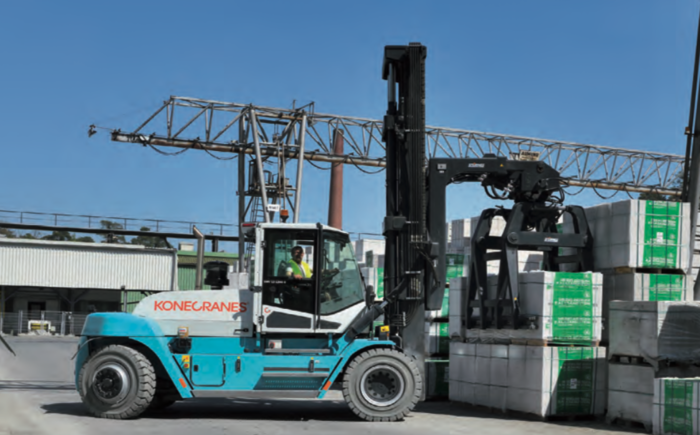Josh Childers - Konecranes Training Manager
When you park your car on a steep hill and apply the parking break, your car should not move. However, if it begins to roll down the hill, you know there is a problem.
This analogy is similar to load drift. If you stop your crane but the hoist continues to travel in either direction, there is a problem. The issue could be with the mechanical load brake, the holding brake or with the control system.
The mechanical load brake engages when the load is lowered to the ground. It prevents the load from coming down at a rate faster than the motor can safely lower it. This keeps the motor from being overpowered and prevents the load from freefalling.
The mechanical load brake supports another brake, called the holding brake, when lowering the load. The holding brake is open when the motor is running, but when the motor is not running, the holding brake should remain closed. This brake exerts a force on the drive train that holds the load when the motor is not turning. In other words, this brake holds a suspended load.
Both OSHA and ANSI* have strict regulations regarding the holding brake. If the crane has one holding brake, it must be rated to hold 150% of the rated load. If the crane has two holding brakes, then both brakes must be rated to hold 100% of the load. If the crane has both a holding and a mechanical load brake, then the holding brake must be rated to hold 125% of the rated load.
Load drift is cause for an immediate shut down of your crane until the problem is identified and corrected. Often, load drift is a warning sign that indicates the crane will soon experience a load failure (i.e. a load drop). Furthermore, the presence of load drift indicates that the crane may be in violation of OSHA, ANCI and/or other crane safety regulatory bodies.
Contact your local Konecranes service branch to determine if your crane meets regulatory standards for load drift.
*This information was taken from OSHA 1910.179 Article (f) (2) i a and (f) (2) i b and ANSI B30.2-1.12.1 (1) (2) (3)







